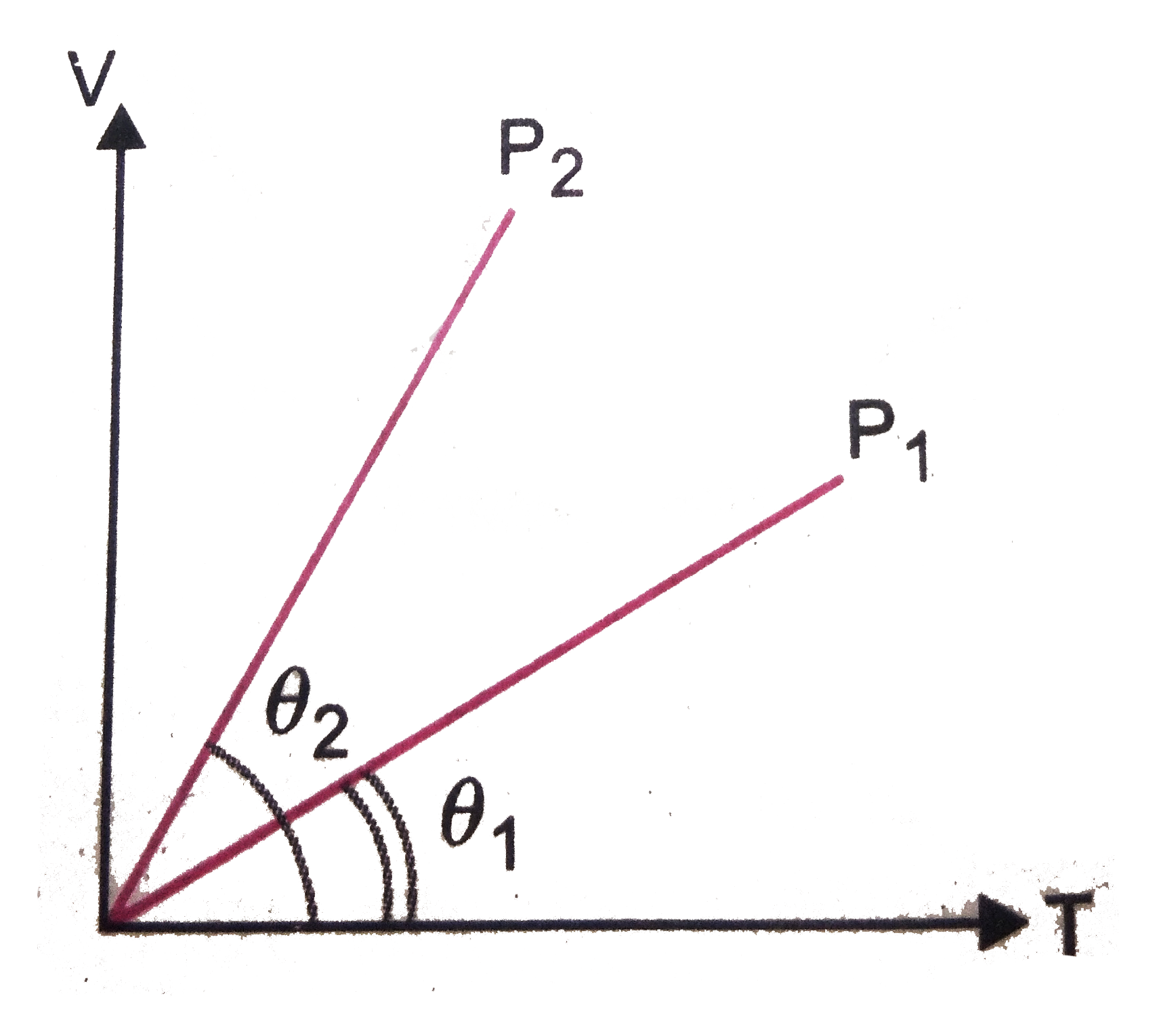Draw the plot of In vs 1/T for a chemical reaction .What does the intercept represent ? What is the relation between slope and Ea ?
To solve the question step by step, we will first derive the necessary equations, then plot the graph, and finally interpret the results.
Step 1: Write the Arrhenius Equation
The Arrhenius equation describes how the rate constant (K) of a reaction depends on temperature (T):
K=Ae−EaRT
Where:
- K = rate constant
- A = Arrhenius factor (pre-exponential factor)
- Ea = activation energy
- R = universal gas constant (8.314 J/mol·K)
- T = temperature in Kelvin
Step 2: Take the Natural Logarithm
Taking the natural logarithm of both sides gives:
lnK=lnA−EaR⋅1T
Step 3: Rearrange the Equation
We can rearrange this equation to resemble the linear form y=mx+b:
lnK=−EaR⋅1T+lnA
Here, we identify:
- y = lnK
- m (slope) = −EaR
- x = 1T
- b (intercept) = lnA
Step 4: Plot the Graph
To plot the graph:
- The x-axis will represent 1T (in K⁻¹).
- The y-axis will represent lnK.
- The slope of the line will be −EaR.
- The y-intercept will be lnA.
Step 5: Interpret the Intercept
The intercept of the graph (lnA) represents the natural logarithm of the Arrhenius factor (pre-exponential factor). This factor is a constant that represents the frequency of collisions and the orientation of reactant molecules in a chemical reaction.
Step 6: Relate the Slope to Activation Energy
From the slope of the graph:
slope=−EaR
This means that the slope of the line is directly related to the activation energy (Ea). Specifically, the activation energy can be calculated from the slope as:
Ea=−slope⋅R
Summary of Results
- The plot of lnK vs. 1T is a straight line.
- The intercept (lnA) represents the natural logarithm of the Arrhenius factor.
- The slope is related to the activation energy (Ea) by the equation slope=−EaR.
The Arrhenius equation describes how the rate constant (K) of a reaction depends on temperature (T):
K=Ae−EaRT
Where:
- K = rate constant
- A = Arrhenius factor (pre-exponential factor)
- Ea = activation energy
- R = universal gas constant (8.314 J/mol·K)
- T = temperature in Kelvin
Taking the natural logarithm of both sides gives:
lnK=lnA−EaR⋅1T
We can rearrange this equation to resemble the linear form y=mx+b:
lnK=−EaR⋅1T+lnA
Here, we identify:
- y = lnK
- m (slope) = −EaR
- x = 1T
- b (intercept) = lnA
To plot the graph:
- The x-axis will represent 1T (in K⁻¹).
- The y-axis will represent lnK.
- The slope of the line will be −EaR.
- The y-intercept will be lnA.
The intercept of the graph (lnA) represents the natural logarithm of the Arrhenius factor (pre-exponential factor). This factor is a constant that represents the frequency of collisions and the orientation of reactant molecules in a chemical reaction.
From the slope of the graph:
slope=−EaR
This means that the slope of the line is directly related to the activation energy (Ea). Specifically, the activation energy can be calculated from the slope as:
Ea=−slope⋅R
- The plot of lnK vs. 1T is a straight line.
- The intercept (lnA) represents the natural logarithm of the Arrhenius factor.
- The slope is related to the activation energy (Ea) by the equation slope=−EaR.
Topper's Solved these Questions
- XII BOARDSBOOK - XII BOARD PREVIOUS YEAR PAPER ENGLISHCHAPTER - XII BOARDSEXERCISE - CHEMISTRY (Theory) [SET - I]
34 Videos
- XII BOARDSBOOK - XII BOARD PREVIOUS YEAR PAPER ENGLISHCHAPTER - XII BOARDSEXERCISE - [OUTSIDE DELHI : SET - II]
11 Videos
- XII BOARDSBOOK - XII BOARD PREVIOUS YEAR PAPER ENGLISHCHAPTER - XII BOARDSEXERCISE - SECTION-C
28 Videos
- SAMPLE PAPER 2019BOOK - XII BOARD PREVIOUS YEAR PAPER ENGLISHCHAPTER - SAMPLE PAPER 2019EXERCISE - SECTION: D
1 Videos
Similar Questions
What is a chemical reaction ?
View SolutionWhat is a chemical reaction?
View SolutionDraw the plot log V vs log T.
View SolutionWhat is the importance of the chemical reaction?
View SolutionIn ECG, what does T wave represent?
View SolutionGive the chemical reaction by which blister copper is obtained ? What does the reaction show ?
View SolutionDraw an 1-V graph for a linear resistor. What does its slope represent ?
View SolutionIn the given (V-T) diagram, what is the relation between pressure P1andP2 ?

View SolutionWhat do we get for a plot between V and 1/P ?
View SolutionThe correct plot for In k vs 1/T?
View Solution
